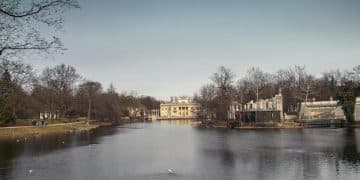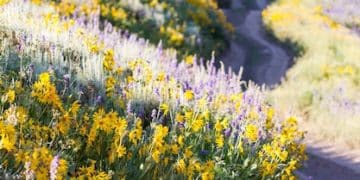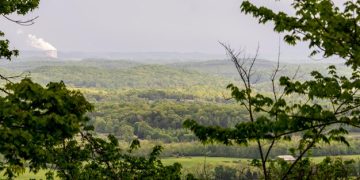National Park History: Discover America’s Natural Heritage
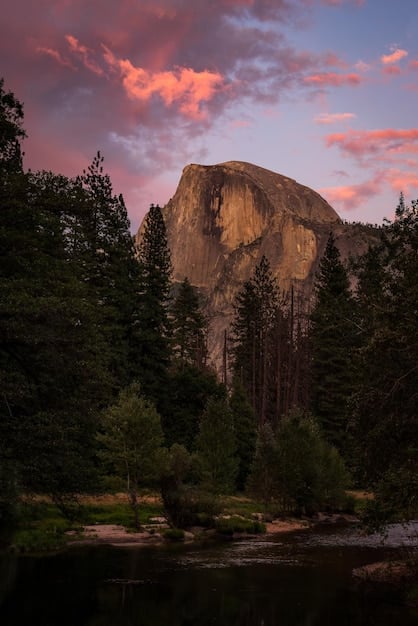
National Park History: Exploring the Cultural and Natural Heritage of America’s Protected Lands delves into the origins, evolution, and enduring significance of these treasured spaces, revealing how they preserve not only natural wonders but also the historical and cultural narratives woven into the American landscape.
Embark on a journey through time as we explore the fascinating National Park History: Exploring the Cultural and Natural Heritage of America’s Protected Lands. From their inception to their present-day role, discover how these sanctuaries celebrate both natural beauty and cultural milestones.
The Genesis of the National Park System
The idea of setting aside land for public enjoyment and preservation was revolutionary. It marked a shift in how Americans viewed their relationship with nature and their responsibility to future generations. This section delves into the initial sparks that ignited the national park movement.
The Inspiration Behind Preservation
The concept of national parks did not emerge from a vacuum. Artists, writers, and naturalists played a crucial role in shaping public opinion and advocating for the protection of natural landscapes.
Key Figures in the Early Movement
Several individuals stand out as pioneers in the movement to establish national parks. Their dedication and vision were instrumental in convincing the government and the public of the importance of preservation.
- John Muir: A naturalist and writer who passionately advocated for the preservation of wilderness areas, especially in the Sierra Nevada.
- George Catlin: An artist who documented Native American life and landscapes, raising awareness about the need to protect these cultures and natural environments.
- Frederick Law Olmsted: A landscape architect who designed Central Park and advocated for urban parks, influencing the idea of public spaces for recreation and enjoyment.
These early advocates laid the groundwork for a system that would eventually encompass some of the most iconic landscapes in the United States. Their commitment to preserving natural beauty and cultural heritage continues to inspire conservation efforts today.
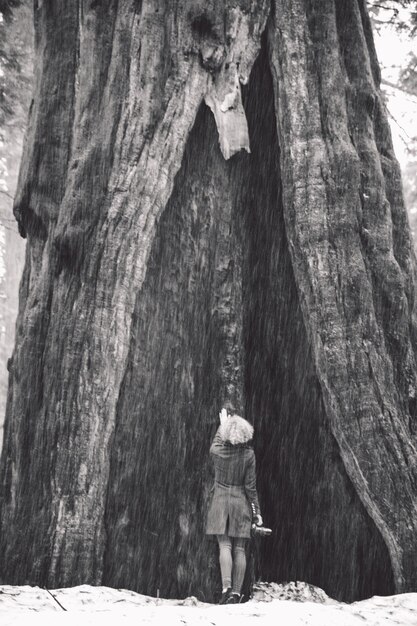
The establishment of the national park system was a pivotal moment in American history, demonstrating a commitment to preserving natural and cultural resources for future generations.
Yellowstone: The First National Park
Yellowstone National Park holds the distinction of being the world’s first national park, established in 1872. Its creation set a precedent for other nations and marked a turning point in conservation history. This section explores the unique features that led to Yellowstone’s designation and the challenges faced in its early years.
The Unique Features of Yellowstone
Yellowstone boasts a remarkable array of geothermal features, including geysers, hot springs, and mud pots. These natural wonders, combined with its diverse wildlife and stunning landscapes, made it a prime candidate for protection.
Challenges in the Early Years
Managing a vast and remote wilderness area like Yellowstone presented numerous challenges. Issues such as poaching, vandalism, and inadequate funding threatened the park’s resources.
Despite these difficulties, the early administrators of Yellowstone worked tirelessly to protect the park’s natural and cultural resources. Their efforts laid the foundation for the modern national park system, demonstrating the importance of conservation and stewardship.
The creation of Yellowstone National Park was a groundbreaking achievement, setting a precedent for the protection of natural landscapes around the world. Its legacy continues to inspire conservation efforts and promote the importance of preserving our natural heritage.
Expanding the National Park System
Following the establishment of Yellowstone, the national park system began to expand, incorporating diverse landscapes and cultural sites across the United States. This section examines the key milestones and challenges in this expansion, highlighting the evolving role of national parks in American society.
Key Milestones in Expansion
The early 20th century saw a significant increase in the number of national parks, with iconic destinations like Grand Canyon, Yosemite, and Mount Rainier joining the system.
The Role of the National Park Service
The creation of the National Park Service in 1916 was a crucial step in providing professional management and oversight for the growing system. The agency played a vital role in protecting park resources and enhancing visitor experiences.
The expansion of the national park system reflected a growing appreciation for the value of natural and cultural heritage. These protected areas became symbols of American identity, attracting visitors from around the world and fostering a sense of national pride.
The Cultural Heritage of National Parks
While national parks are often associated with natural beauty, they also hold significant cultural and historical value. Many parks protect sites that are important to Native American communities, commemorate historical events, or preserve architectural landmarks. This section explores the diverse cultural heritage found within national parks.
Native American Connections
Many national parks contain sites that are sacred to Native American tribes or that hold evidence of their ancestral presence. These connections are an integral part of the park’s story.
Historical Landmarks and Monuments
National parks also preserve historical landmarks and monuments that commemorate important events in American history. These sites offer opportunities for visitors to learn about the past and reflect on the nation’s heritage.
- Fort Sumter National Monument: The site of the first shots of the Civil War.
- Statue of Liberty National Monument: A symbol of freedom and democracy.
- Martin Luther King, Jr. National Historical Park: Preserving the legacy of the civil rights leader.
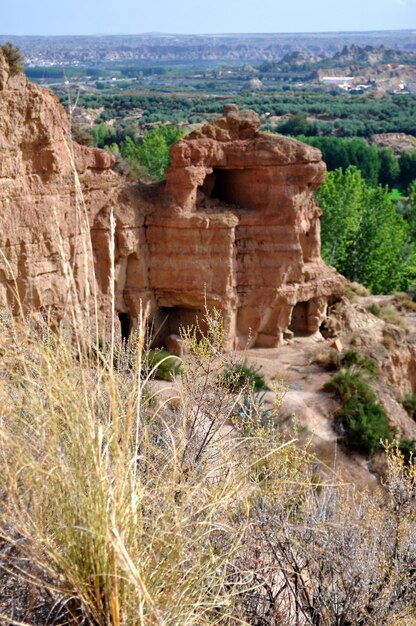
National parks play a crucial role in preserving and interpreting cultural heritage. By protecting these sites and sharing their stories, the parks contribute to a deeper understanding of American history and culture.
Challenges Facing National Parks Today
National parks face a range of challenges in the 21st century, including climate change, overcrowding, and funding shortfalls. Addressing these issues is crucial to ensuring the long-term sustainability of the system. This section examines these challenges and explores potential solutions.
Climate Change Impacts
Climate change is having a profound impact on national parks, affecting everything from glaciers and forests to wildlife populations and coastal ecosystems. Mitigating these impacts requires a comprehensive approach.
Overcrowding and Visitation
The popularity of national parks has led to overcrowding in some areas, straining resources and diminishing the visitor experience. Managing visitation and promoting sustainable tourism are essential.
Overcrowding and climate change are just two of the pressing issues that demand attention and innovative solutions to protect our national parks for future generations.
The Future of National Parks
The future of national parks depends on the choices we make today. By investing in conservation, promoting sustainable tourism, and engaging with diverse communities, we can ensure that these treasured places continue to inspire and educate for generations to come. This section explores the vision for the future of national parks.
Investing in Conservation
Increased funding for conservation initiatives is essential to protect park resources and address the impacts of climate change. This includes supporting research, restoration projects, and infrastructure improvements.
Engaging Diverse Communities
National parks should be welcoming and accessible to all. Engaging with diverse communities and promoting inclusivity are crucial to ensuring that the parks reflect the diversity of the nation.
By embracing innovation and collaboration, we can ensure that national parks continue to thrive as places of inspiration, education, and recreation for all.
| Key Point | Brief Description |
|---|---|
| 🏞️ Founding of Yellowstone | Marked the beginning of the National Park System in 1872. |
| 🏛️ Cultural Heritage | National parks preserve sites crucial to Native American and historical narratives. |
| 🌍 Climate Change | A significant threat affecting the ecosystems and landscapes within parks. |
| 🧑🤝🧑 Community Engagement | Essential for ensuring parks are inclusive and welcoming to all visitors. |
Frequently Asked Questions
▼
Yellowstone National Park was established on March 1, 1872, making it the world’s first national park. Its creation set the stage for the preservation of other natural wonders.
▼
National parks were created to preserve natural and cultural resources for public enjoyment and to protect these areas from exploitation. They serve as a legacy for future generations.
▼
Many national parks protect sites of cultural significance, including Native American settlements, historical landmarks, and battlefields. These sites tell the stories of America’s diverse past.
▼
Climate change poses many threats, including melting glaciers, increased wildfires, and shifts in plant and animal habitats. These changes impact the delicate balance of park ecosystems.
▼
Visitors can protect parks by practicing Leave No Trace principles, staying on designated trails, respecting wildlife, and supporting park conservation efforts through donations or volunteering.
Conclusion
The history of national parks is a testament to the enduring power of conservation and the importance of preserving our natural and cultural heritage. These treasured landscapes offer opportunities for recreation, education, and inspiration, and their future depends on our commitment to stewardship and sustainability.
